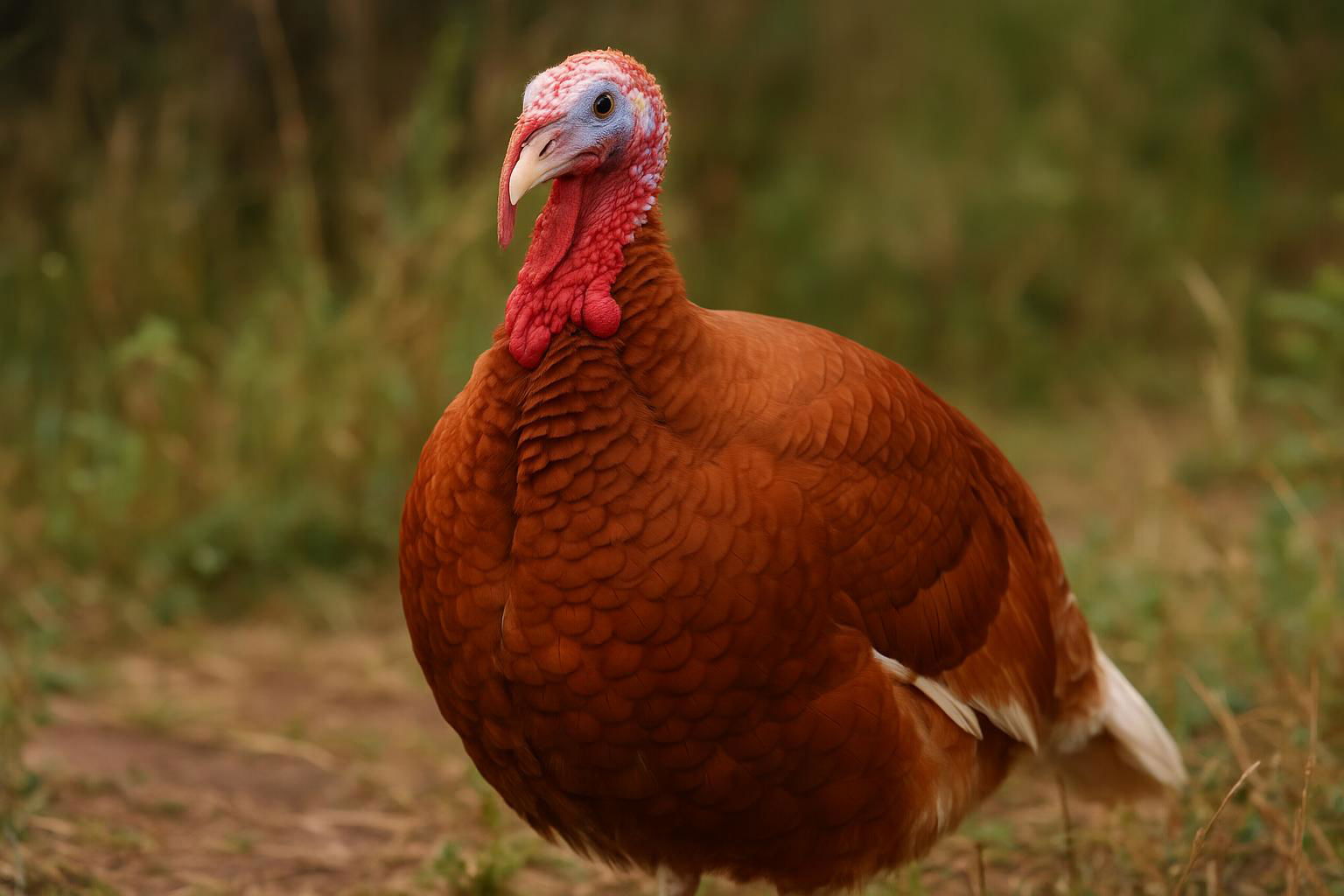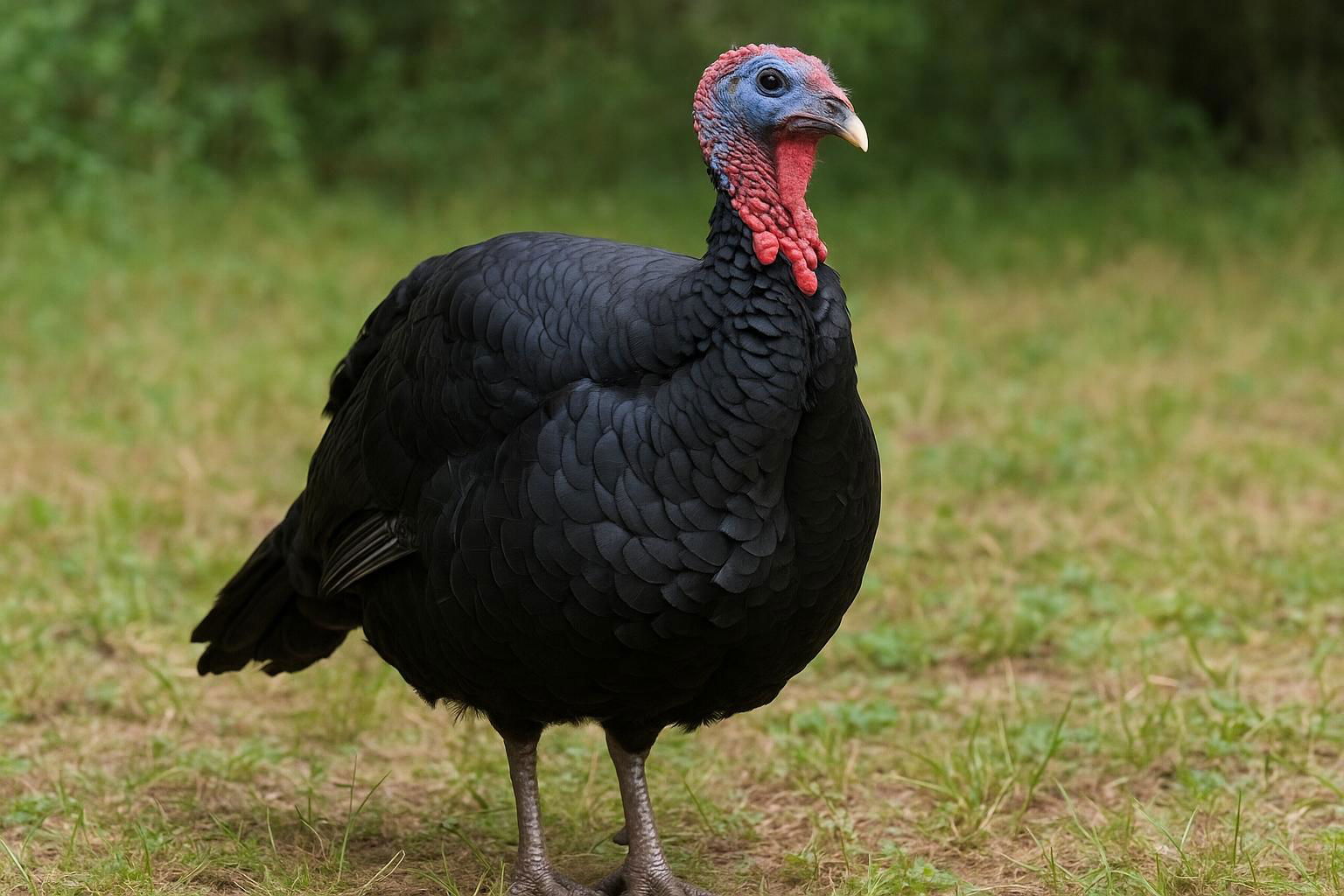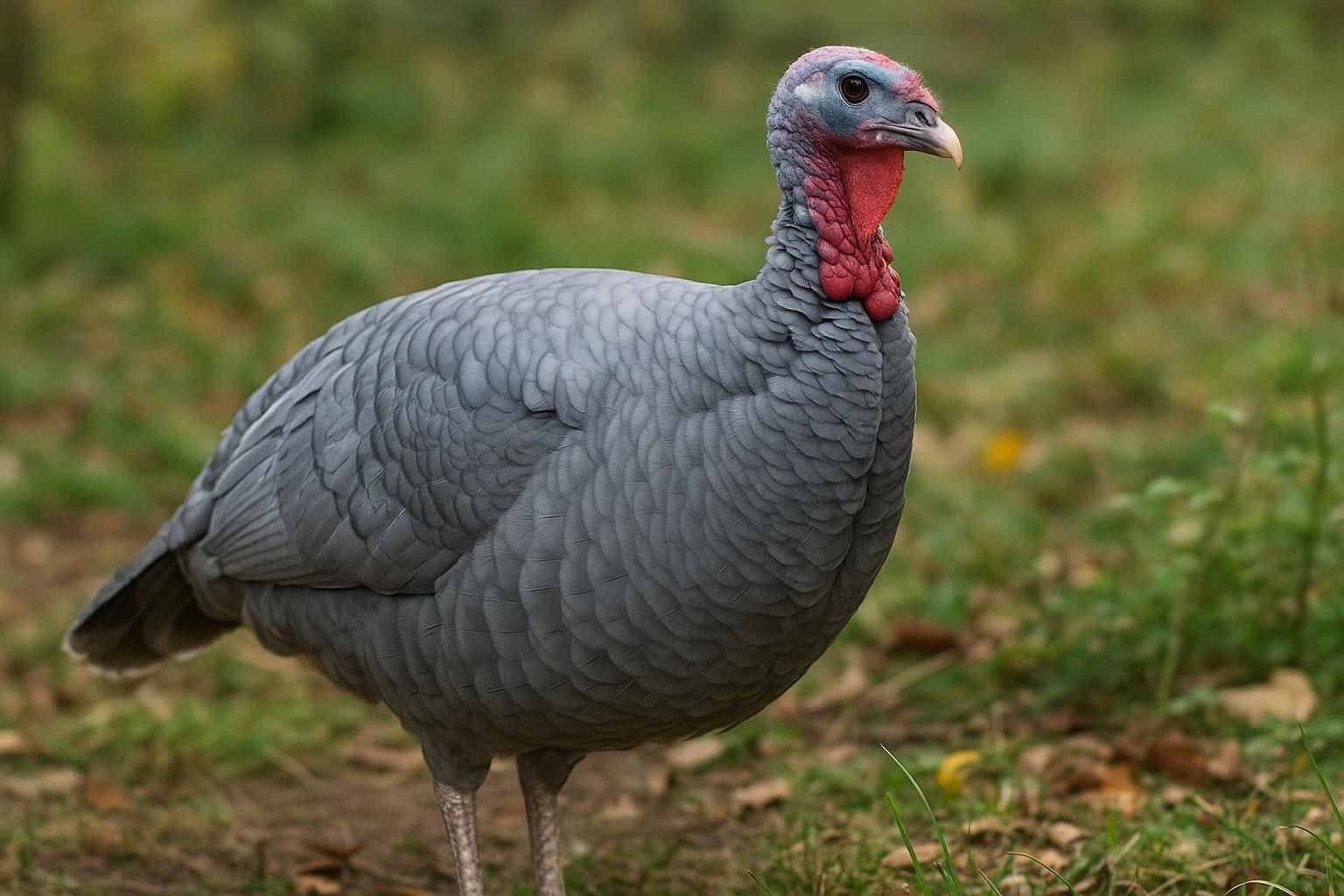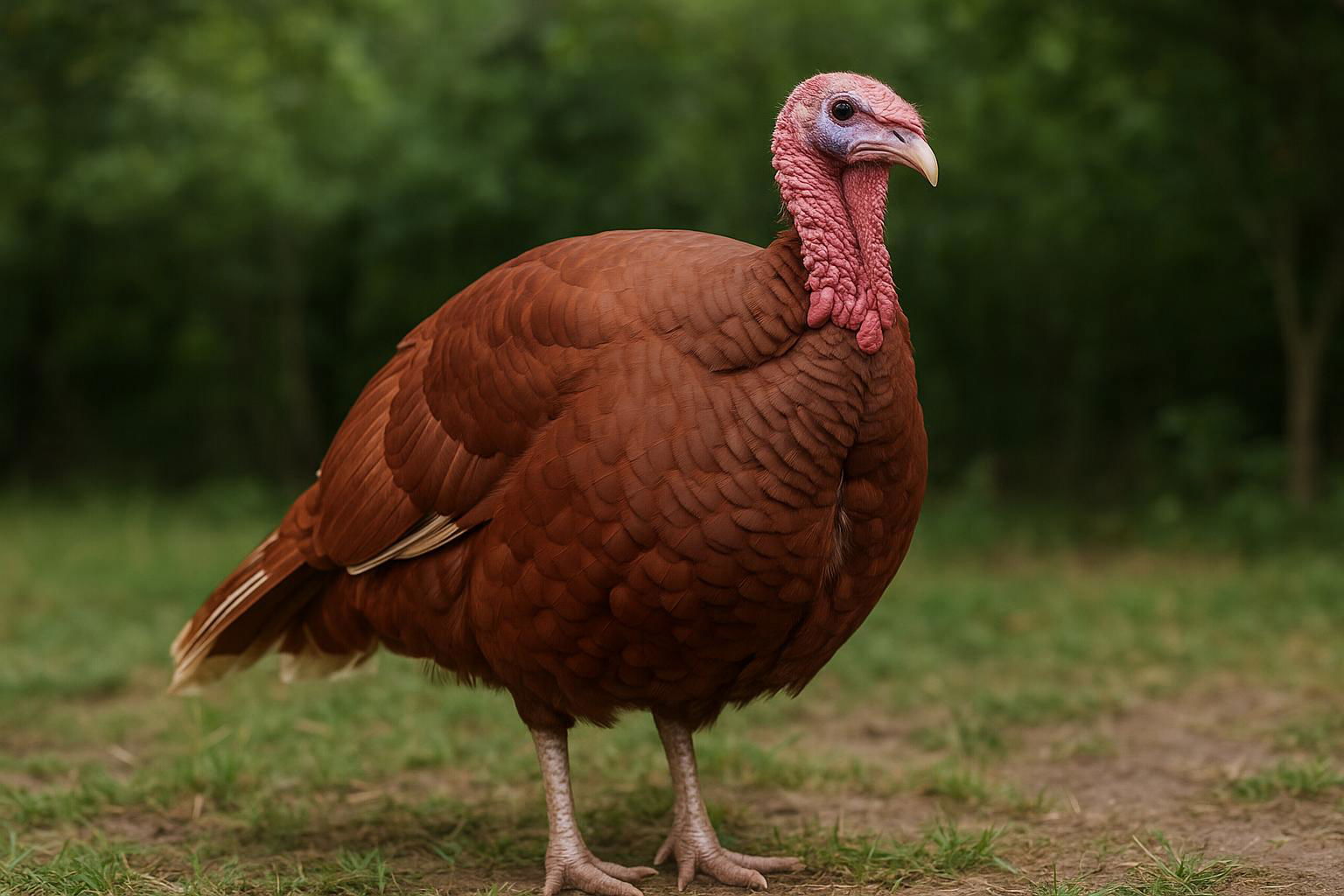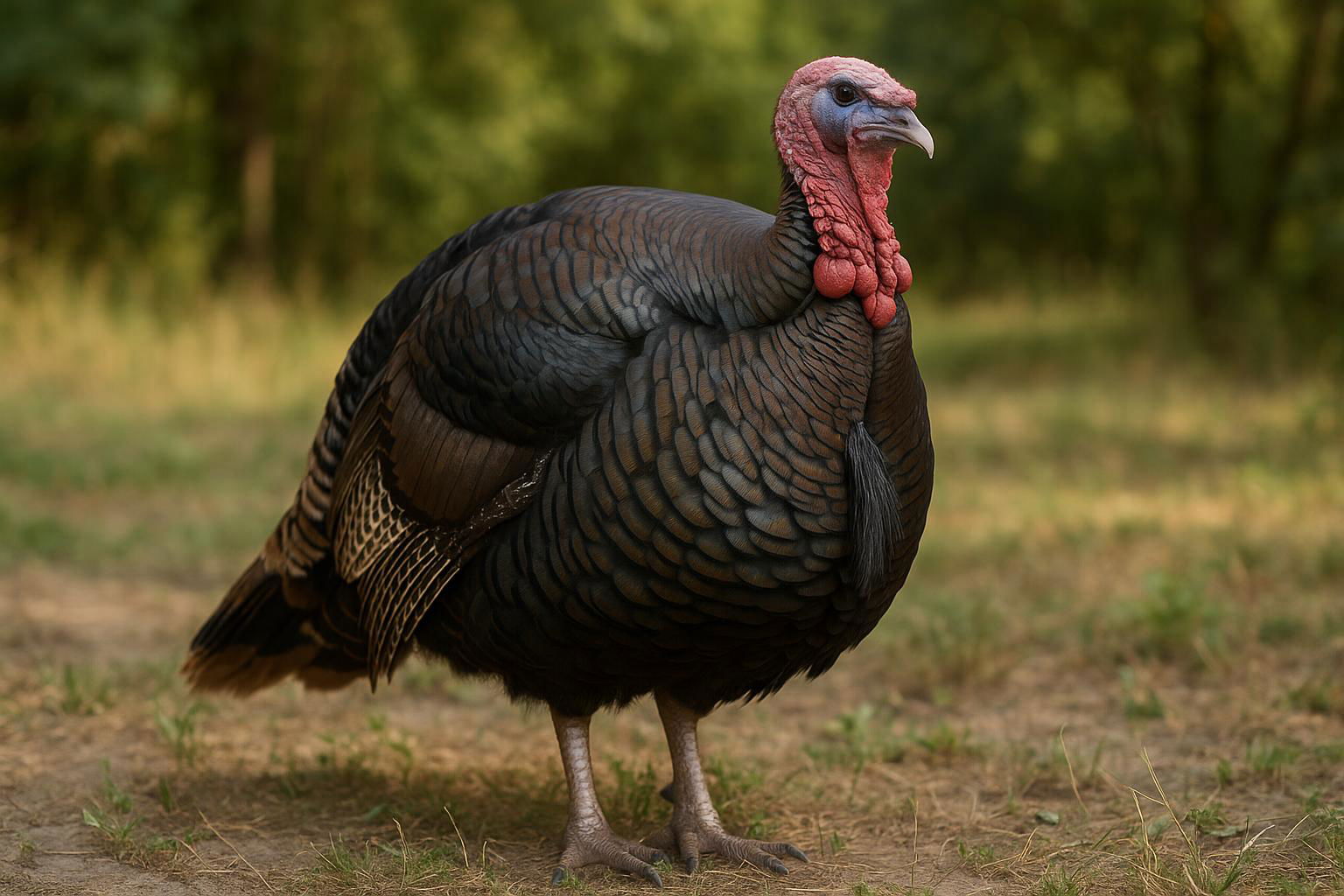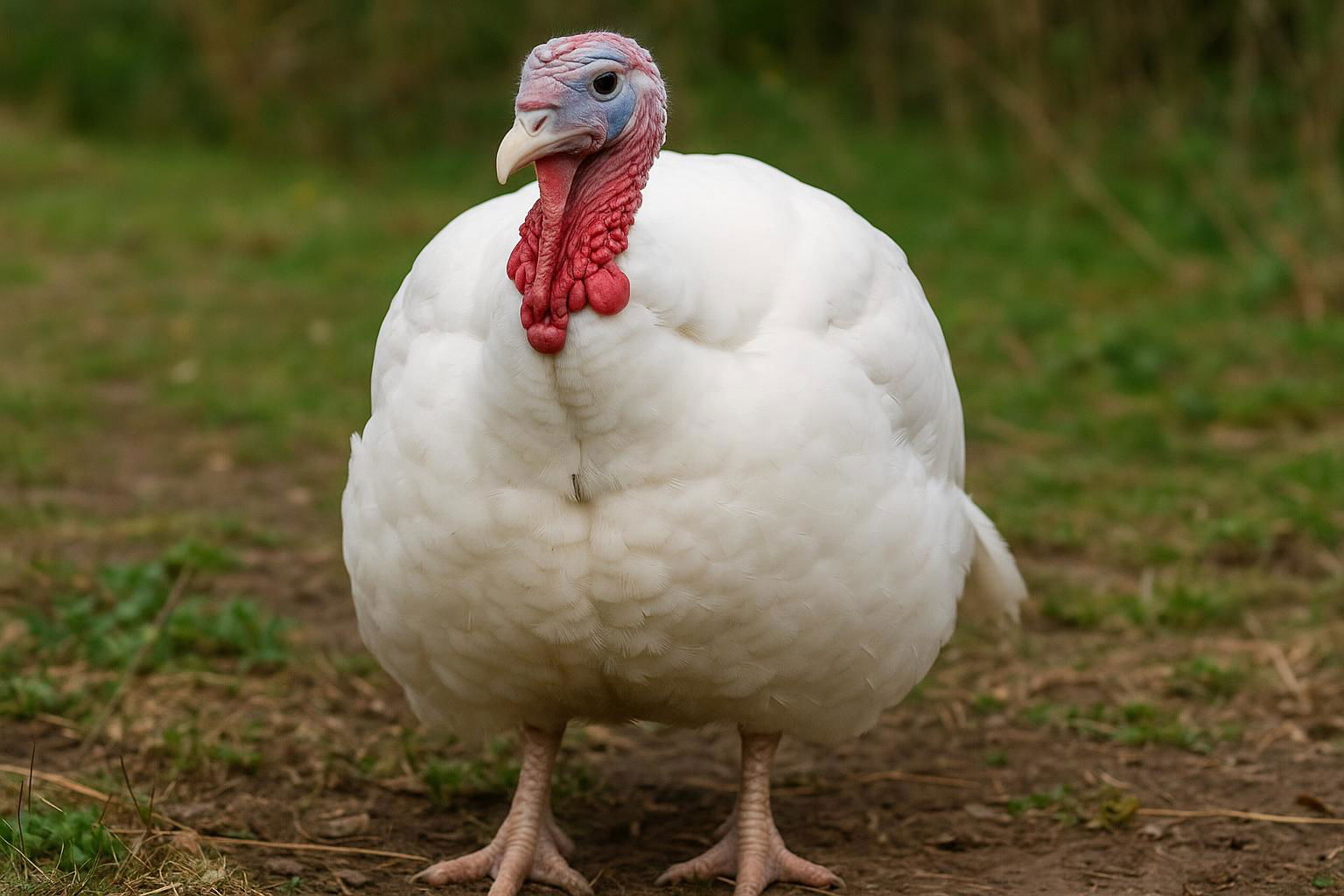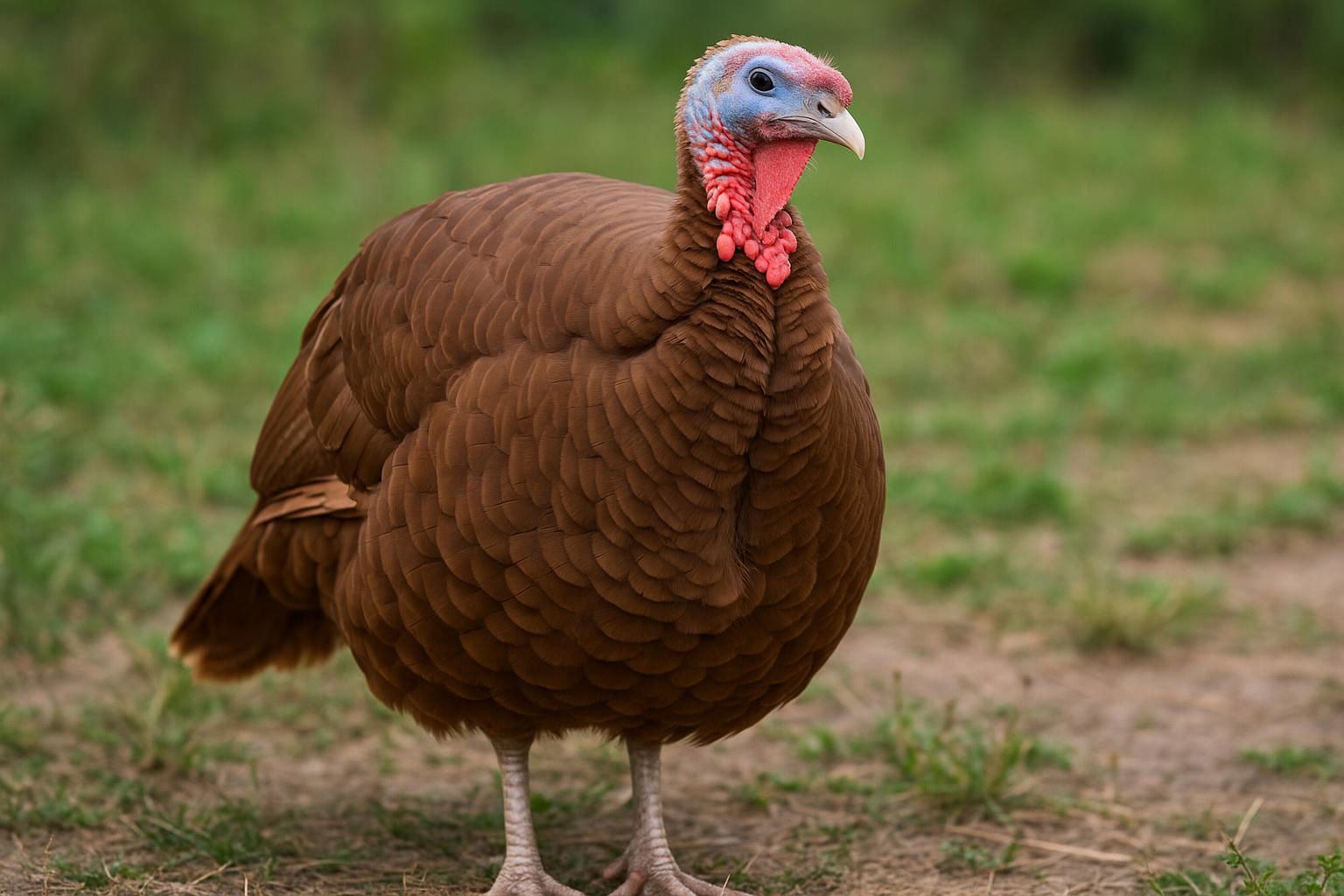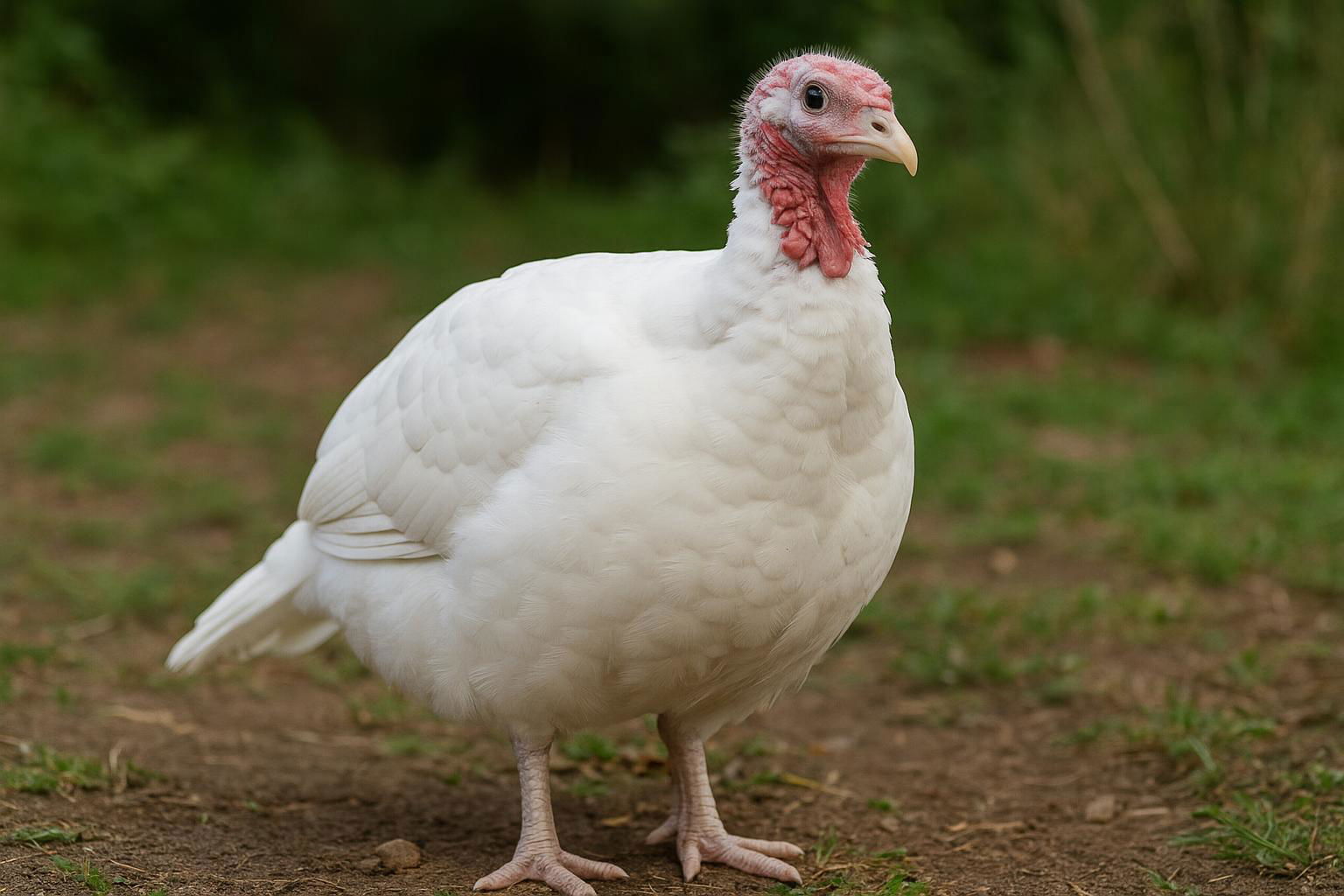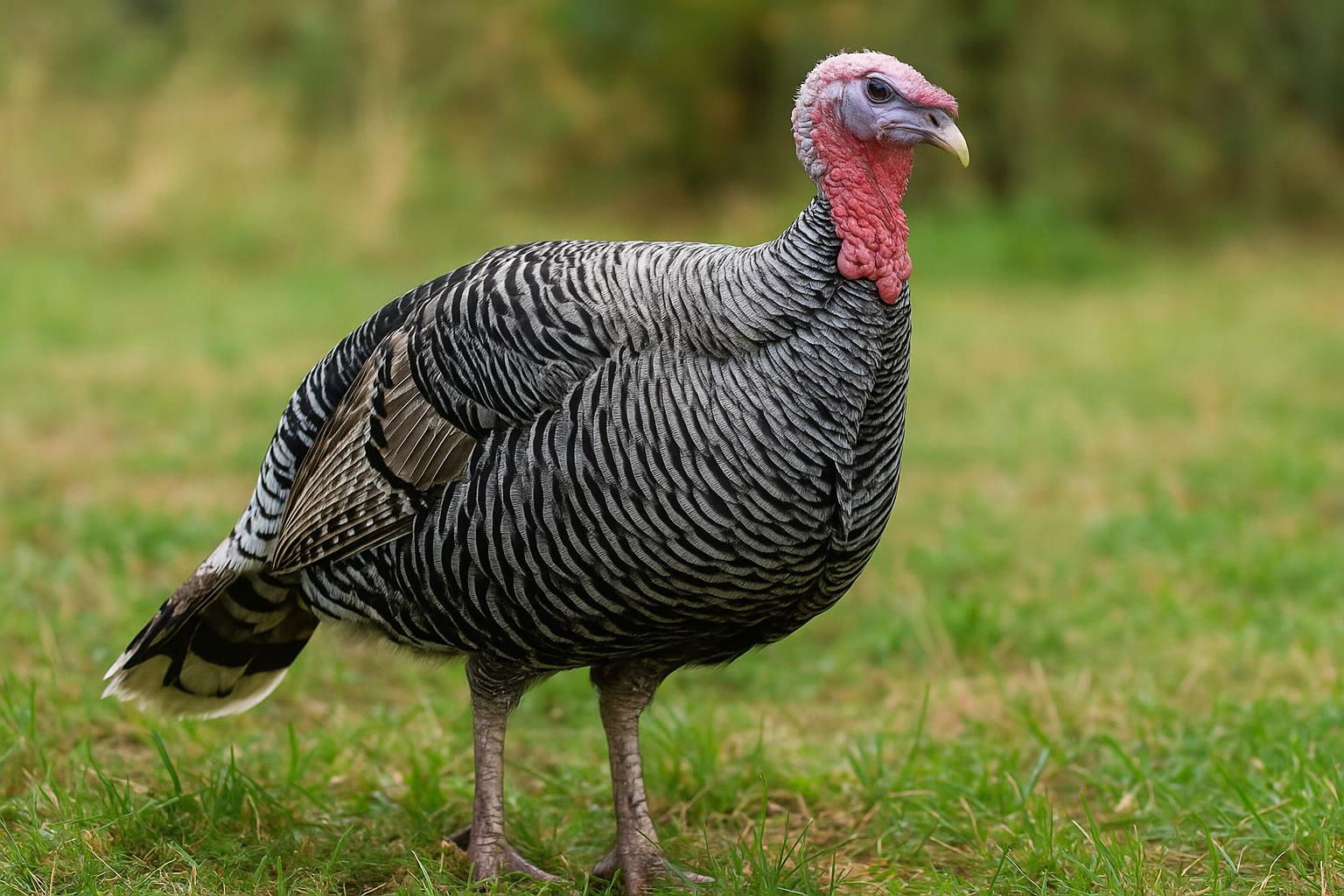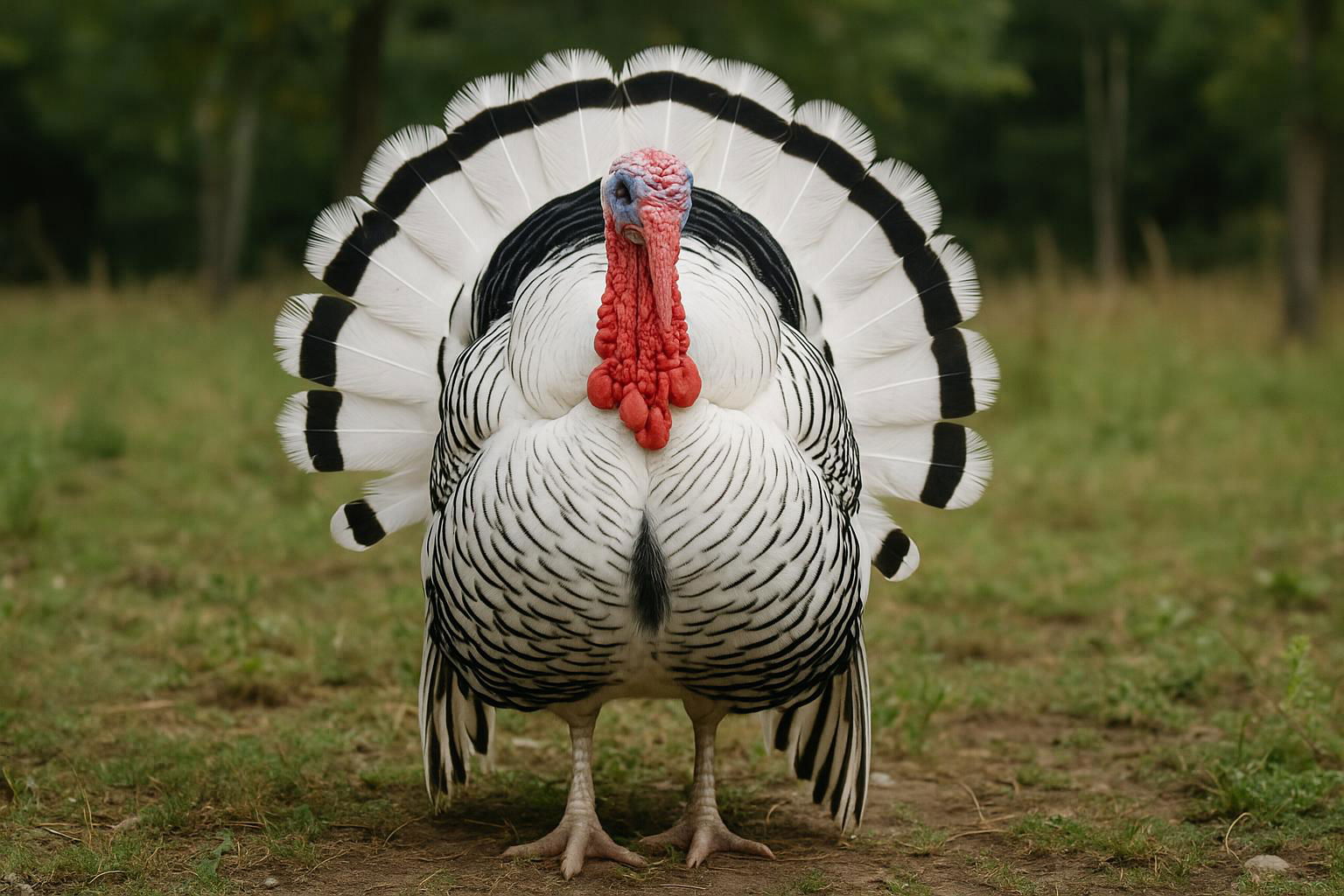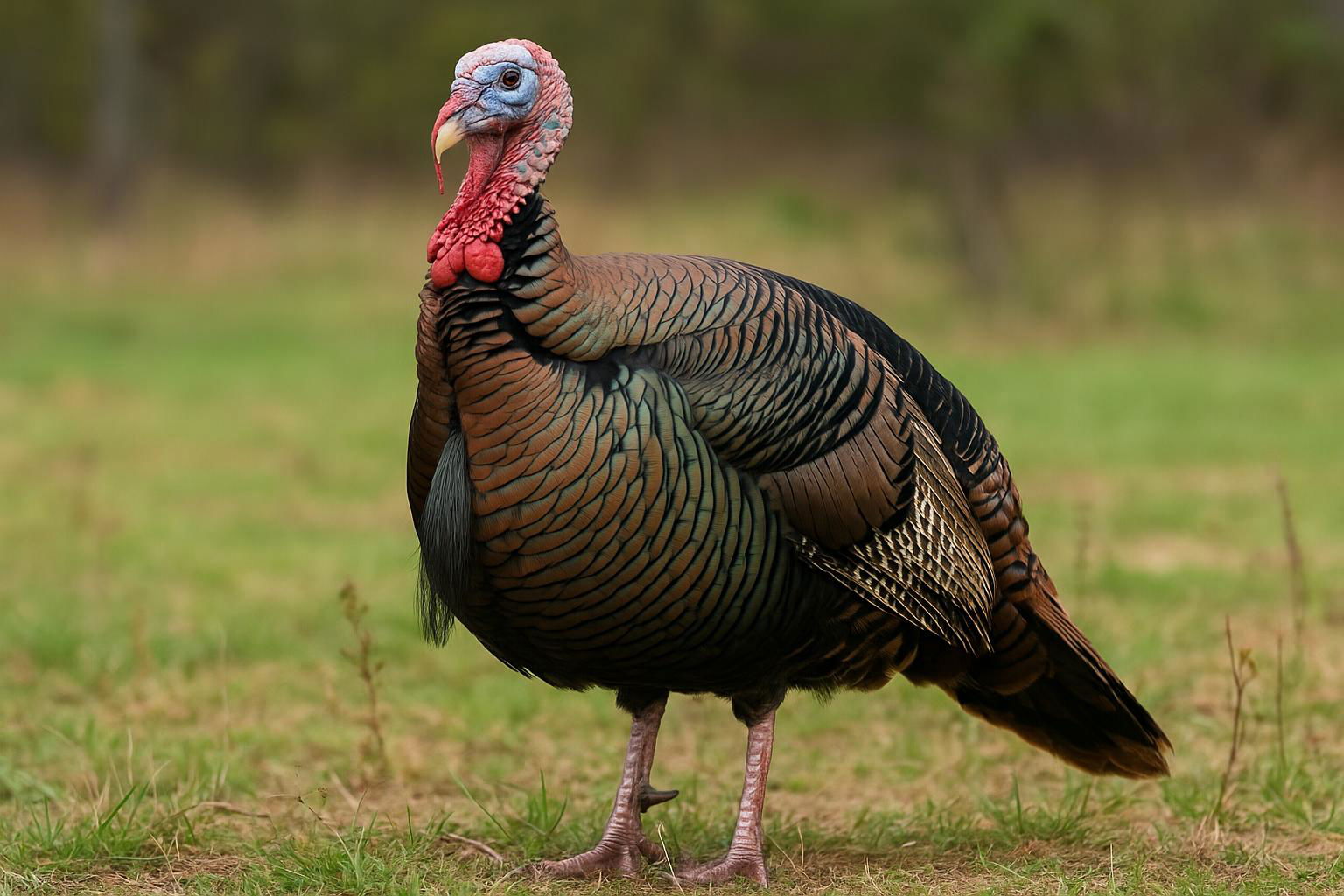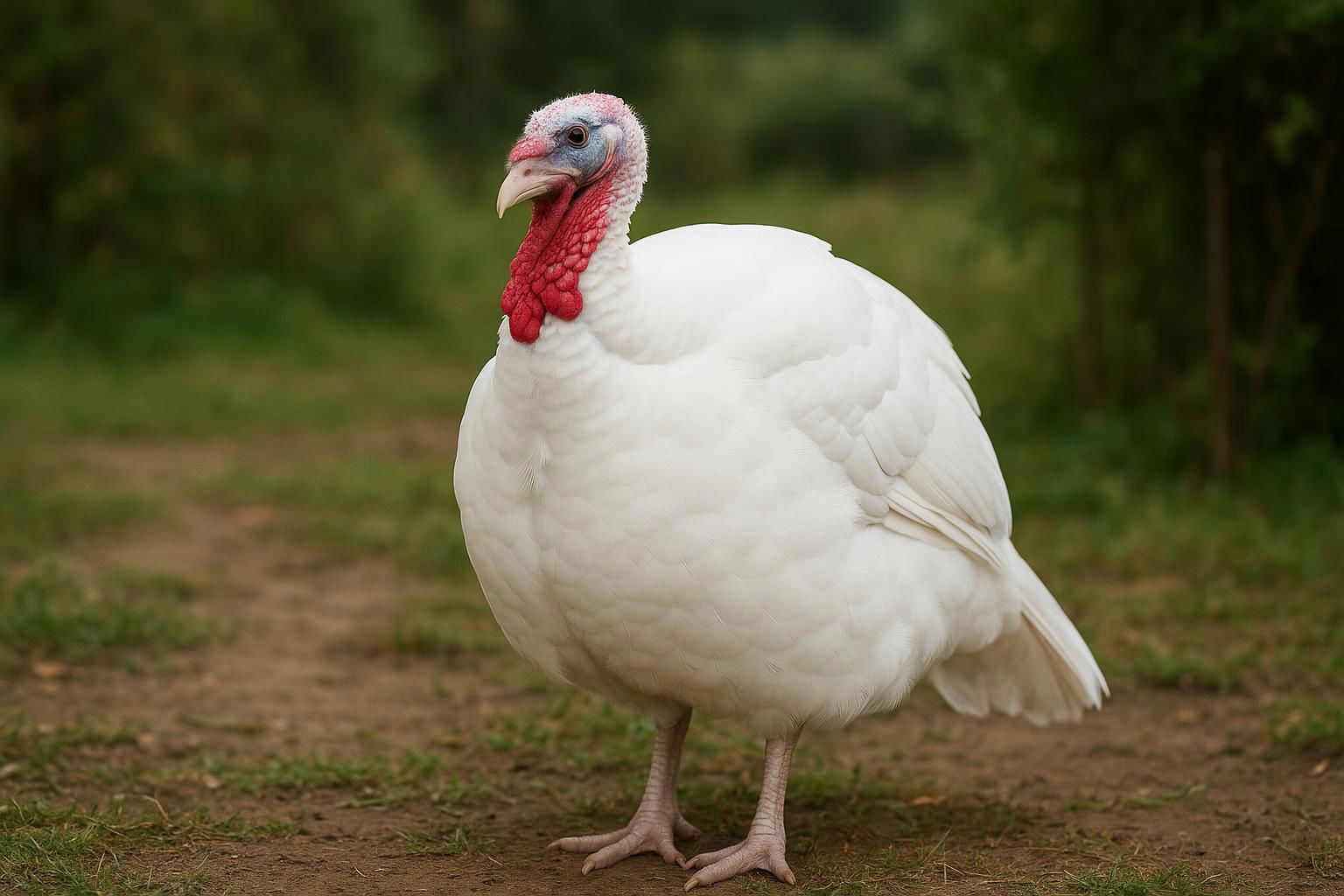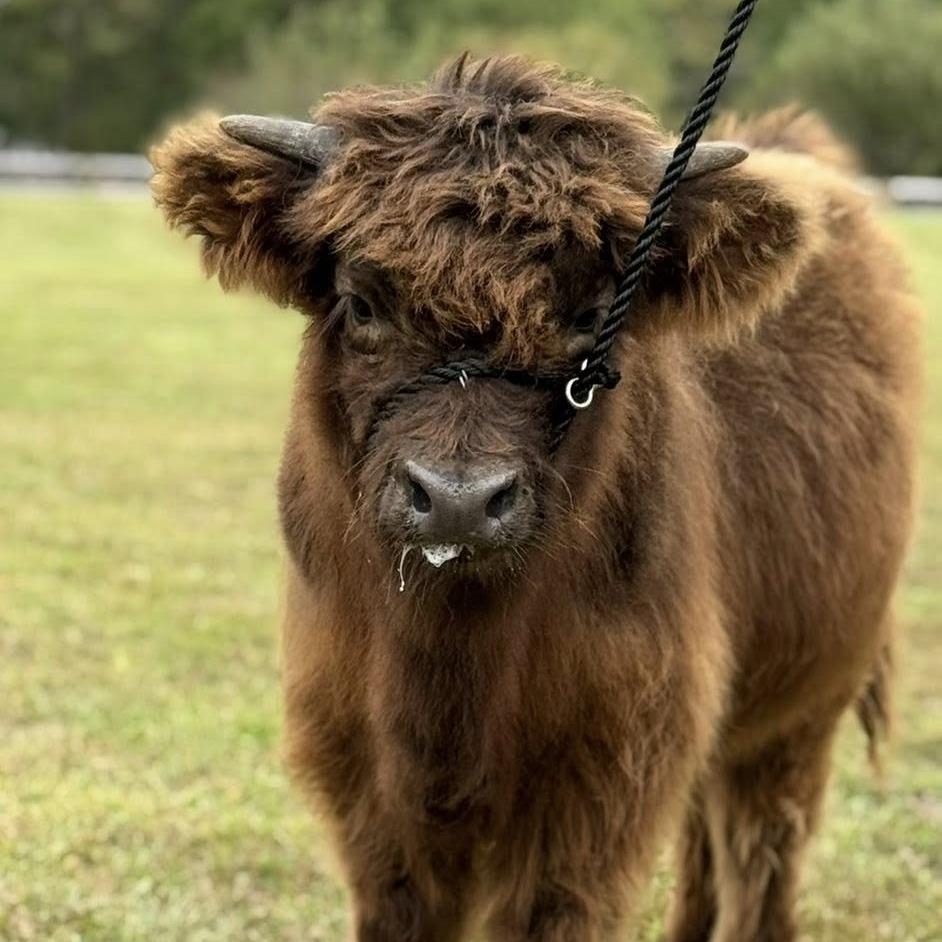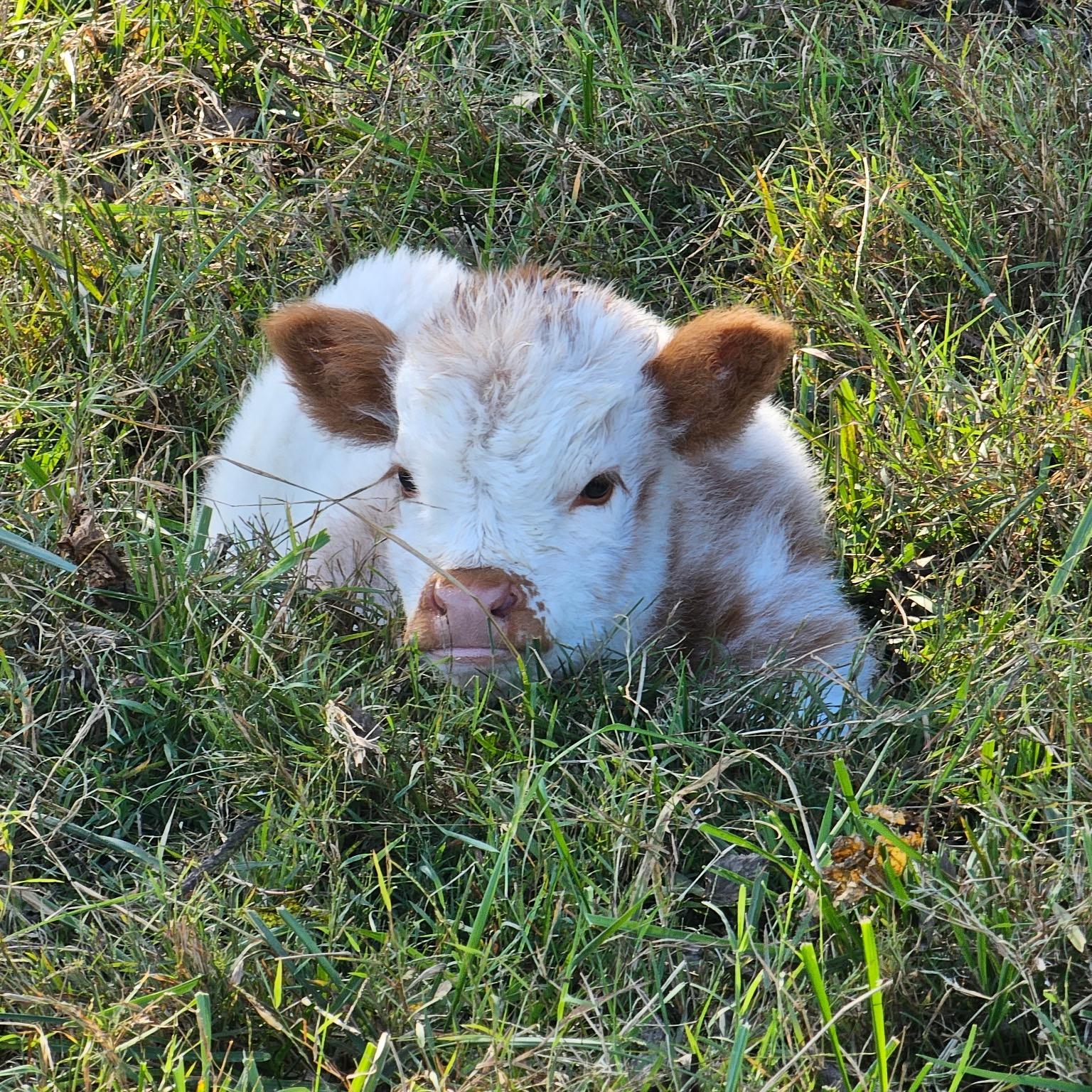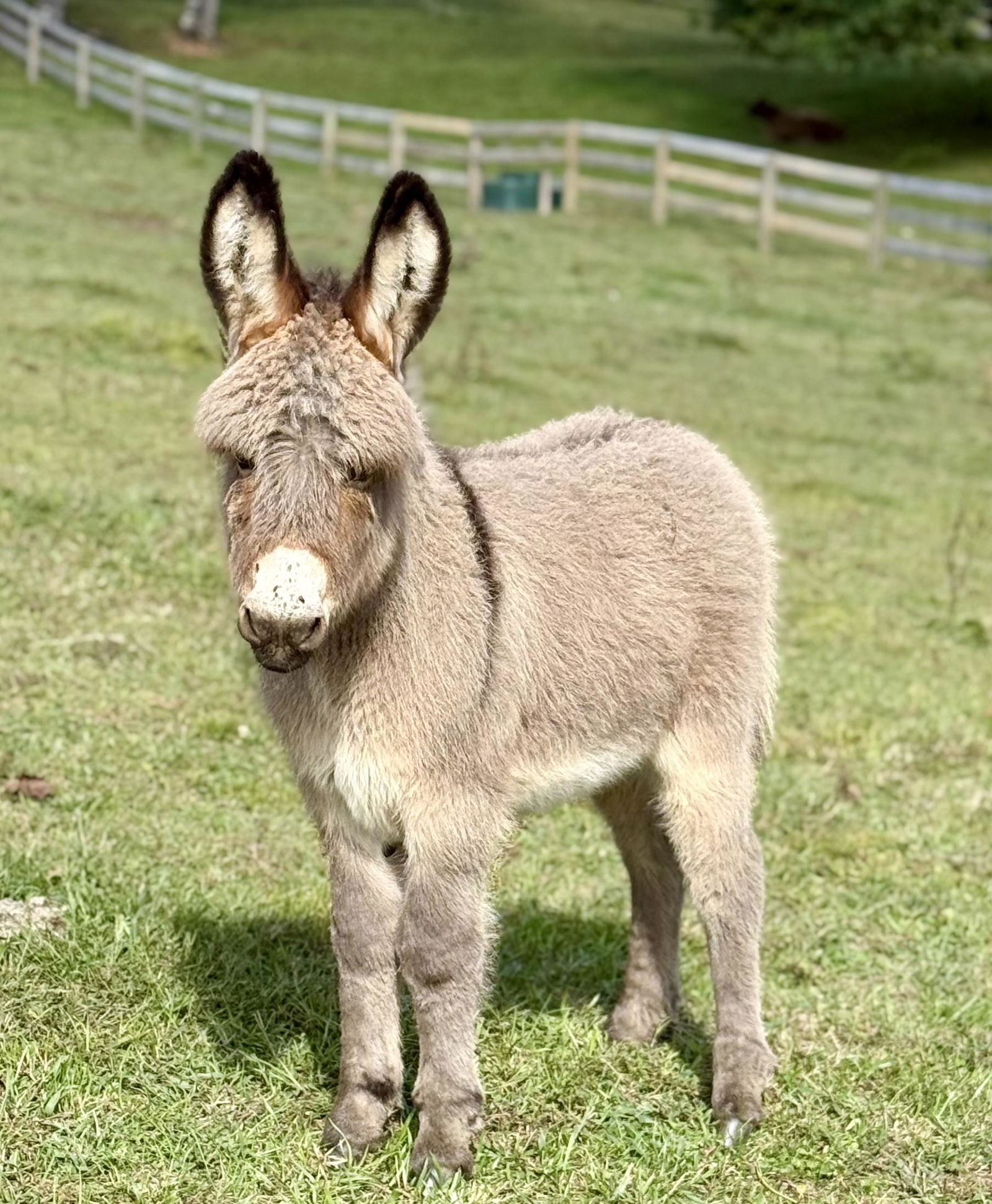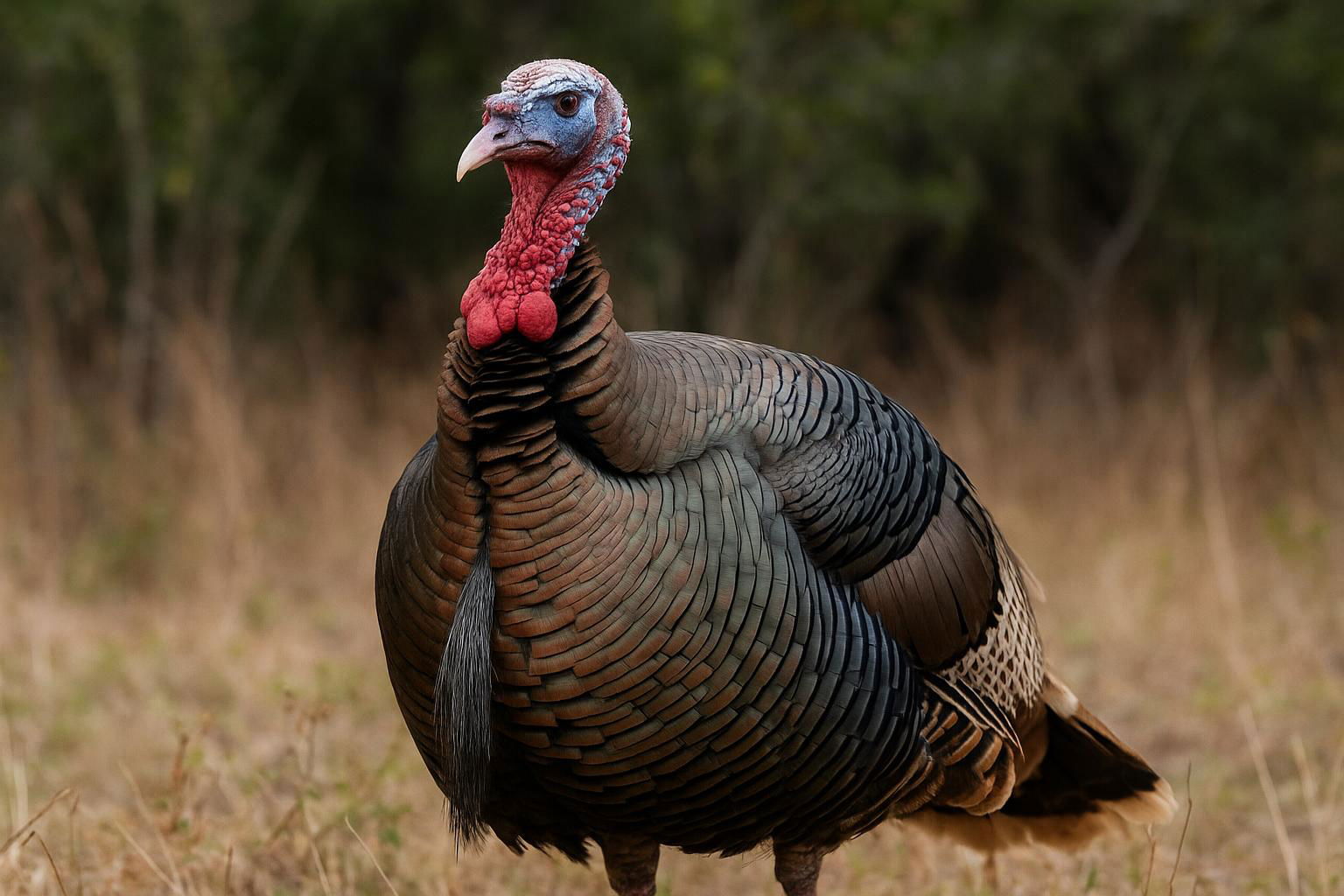
Turkey
Meleagris gallopavo
The Turkey (Meleagris gallopavo) is a large bird native to North America, renowned for its significant role in cultural and ecological landscapes. It is a member of the pheasant family, Phasianidae, and is characterized by its robust body, long legs, and distinct fan-shaped tail. Adult males, known as toms or gobblers, boast striking features such as iridescent plumage, a prominent snood draping over their beak, and fleshy wattles under their throat. Females, or hens, typically have more subdued coloring, which aids in camouflage during nesting.
Turkeys are highly social birds, often found in flocks, and have diverse vocalizations including the iconic gobble of the males. They inhabit a variety of environments across the United States and Mexico, ranging from dense forests to grasslands. Turkeys are omnivorous, feeding on a diet of seeds, insects, and small vertebrates. Despite past declines due to overhunting and habitat loss, concerted conservation efforts have ensured their stable populations today. Known for both their domestic and wild forms, turkeys hold cultural significance, particularly in North America, where they are a symbol of Thanksgiving celebrations.

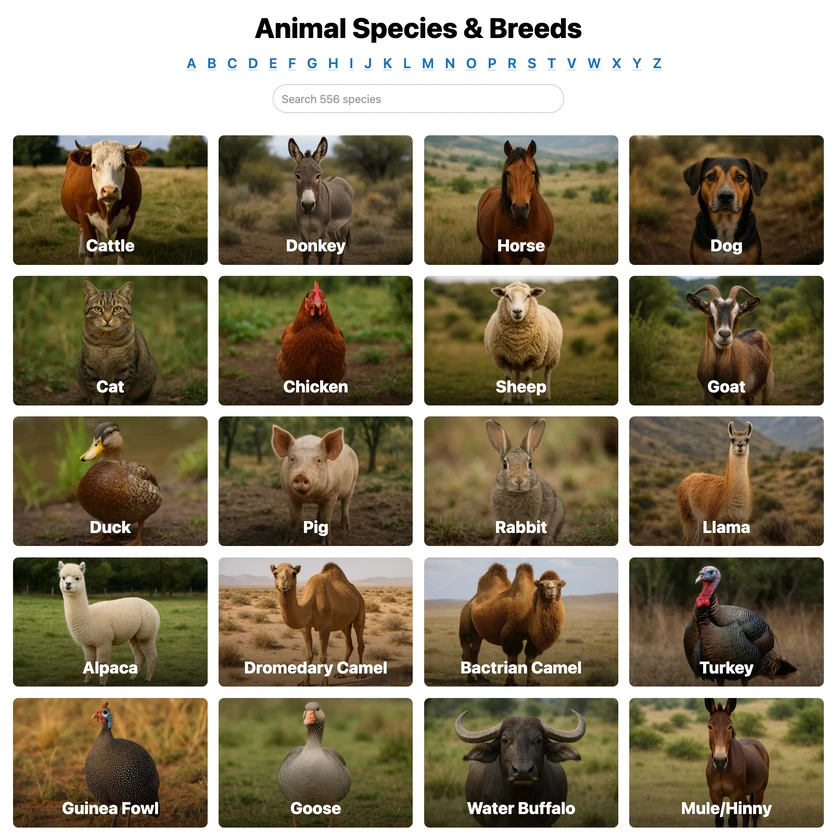 All Species & Breeds
All Species & Breeds
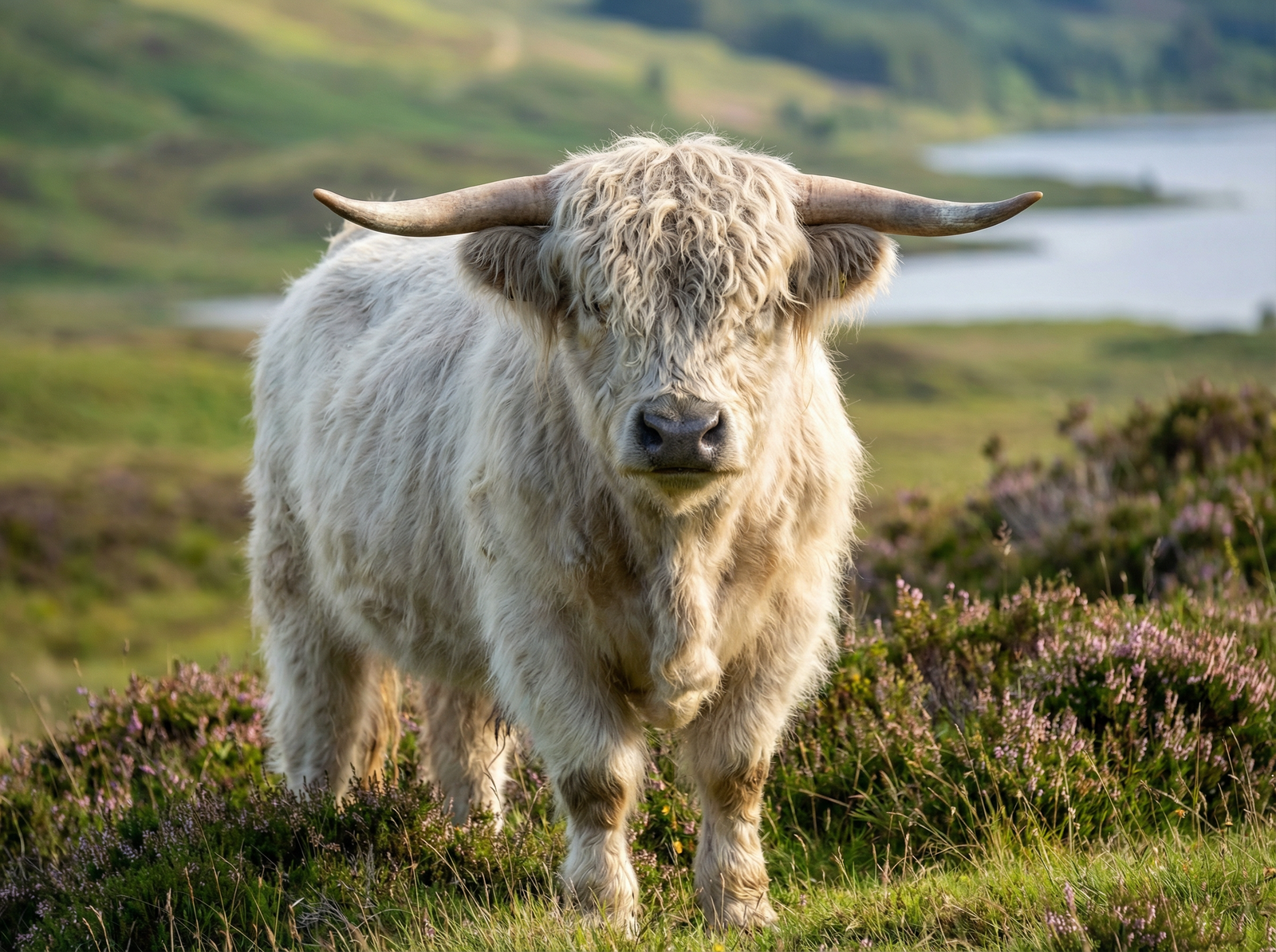 Highland Cattle
Highland Cattle
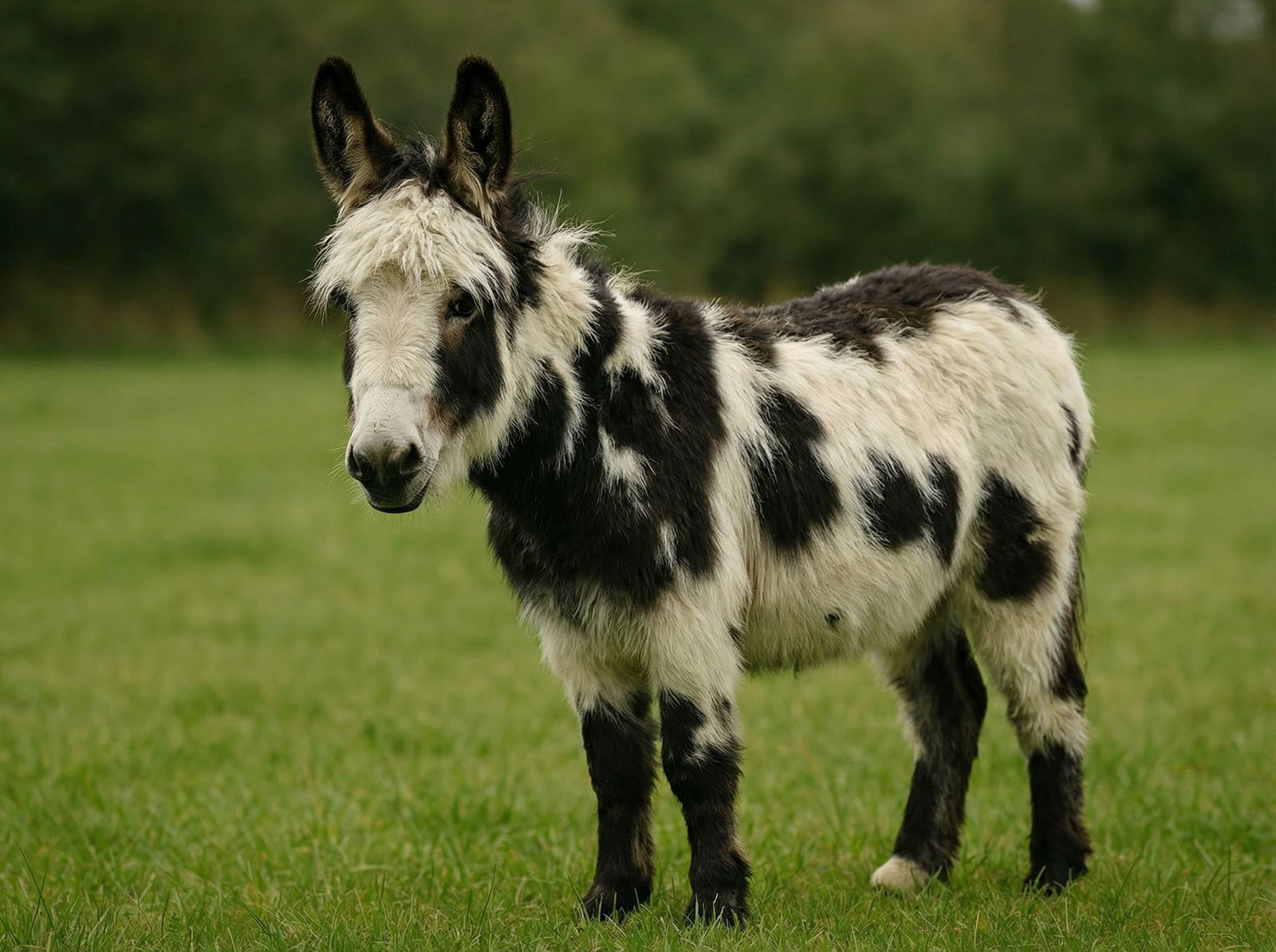 Miniature Donkeys
Miniature Donkeys
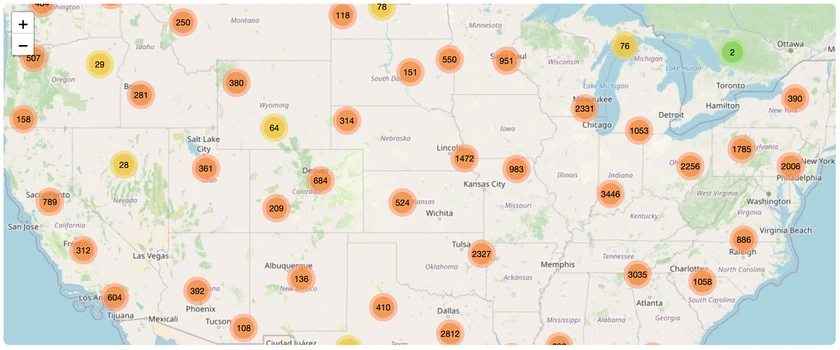 All Species Directory
All Species Directory
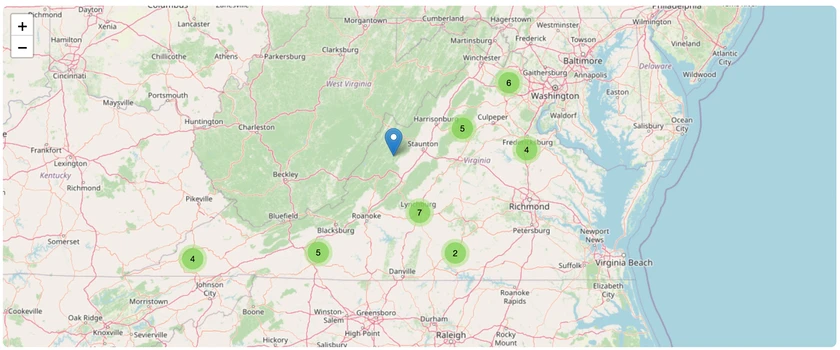 Highland Cattle in Virginia
Highland Cattle in Virginia
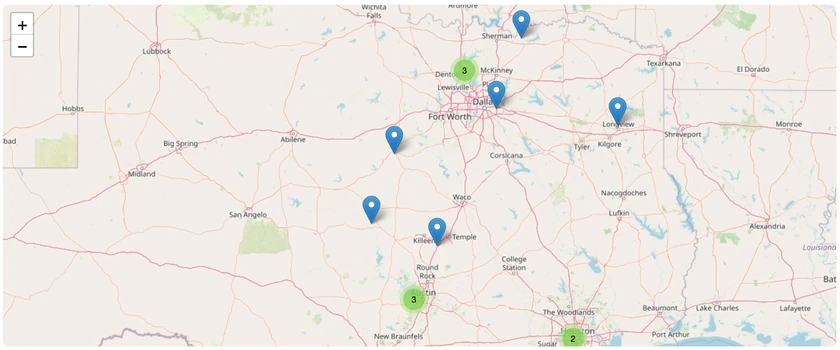 Miniature Donkeys in Texas
Miniature Donkeys in Texas
